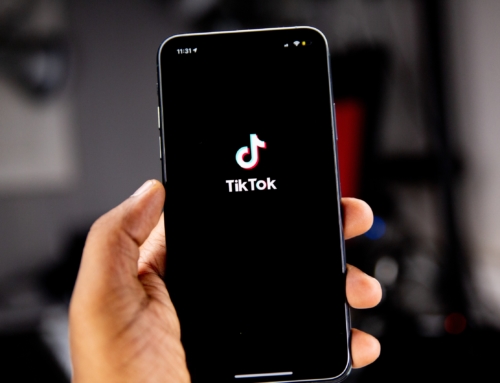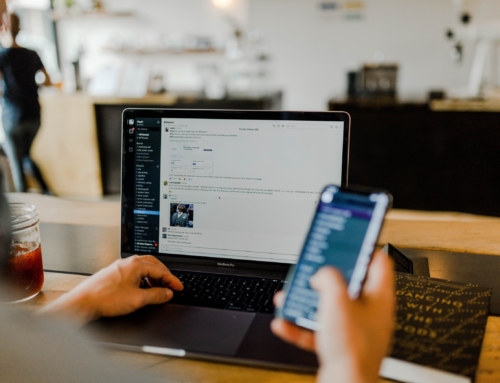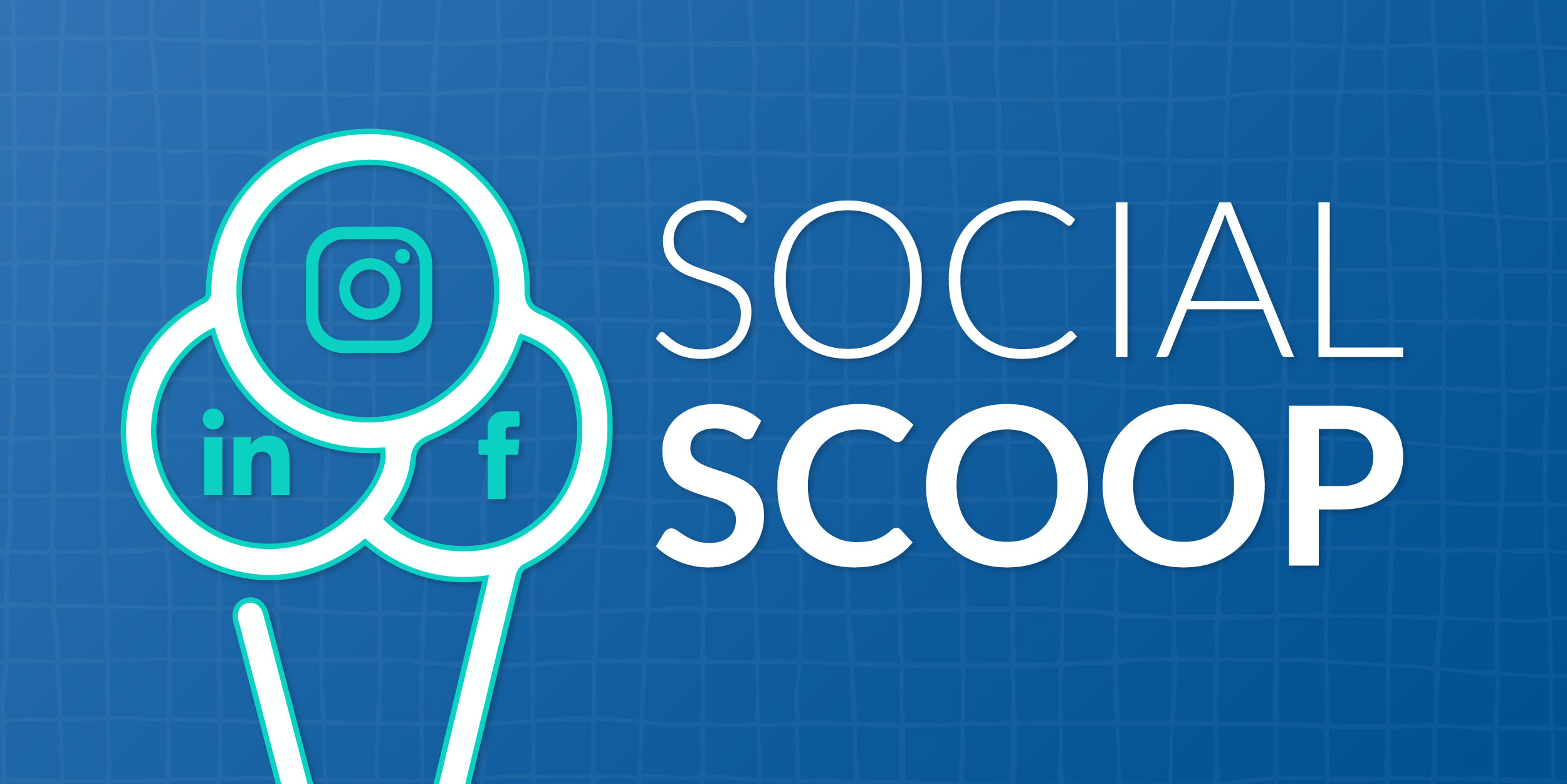crowd·sourc·ing
\ˈkrau̇d-ˌsȯr-siŋ\ n.
Crowdsourcing is the practice of obtaining needed services, ideas, or content by soliciting contributions from a large group of people and especially from the online community rather than from traditional employees or suppliers.
There’s a multitude of reasons why companies use crowdsourcing. It stimulates brand engagement, allows you to outsource tasks, take advantage of external talent and optimises creativity. The icing on the cake; it’s inexpensive.
As a global platform for the mass-contribution and consumption of ideas, social media is the ideal crowdsourcing companion. Social media allows organisations to crowdsource with a wider audience, at a faster rate and a cheaper cost than could ever have been anticipated.
So what can be achieved when crowdsourcing meets social media?
Market Research
Companies need to know what their customers actually want. Surveys and polls on social media can be used as free and powerful research tools. They can help you gain insight into consumer opinions on proposed products launches, product changes etc.  Unlike focus groups and other forms of traditional customer research, crowdsourcing through social media enables you to hear the opinions of the people who really count, your fans. Creating a two-way conversation about potential brand strategy is a sure fire way to get brand-invested customers. In 2012, beauty brand Bobbi Brown put this idea into action. They ran a crowdsource Facebook poll asking fans which discontinued shades of lip colour the company should put back into production and the top 10 most frequently requested products were then available to buy exclusively through Facebook. Bobbi Brown was able to easily find out which lip products their customers wanted and their Facebook fans were rewarded for their help. A win-win scenario.
Unlike focus groups and other forms of traditional customer research, crowdsourcing through social media enables you to hear the opinions of the people who really count, your fans. Creating a two-way conversation about potential brand strategy is a sure fire way to get brand-invested customers. In 2012, beauty brand Bobbi Brown put this idea into action. They ran a crowdsource Facebook poll asking fans which discontinued shades of lip colour the company should put back into production and the top 10 most frequently requested products were then available to buy exclusively through Facebook. Bobbi Brown was able to easily find out which lip products their customers wanted and their Facebook fans were rewarded for their help. A win-win scenario.
Content Marketing
Crowdsourcing marketing content from your social media fans takes consumer engagement to a whole new level. A marketing campaign with consumer input equals authentic and unique results. It also lets your loyal consumers know that you want to hear from them. In 2014, Airbnb used Instagram crowdsourcing to create a marketing campaign focusing on lesser known destinations. The Airbnb ethos and crowdsourcing go hand-in-hand! Airbnb is all about being open to exploration and embracing what different communities have to offer. Fans submitted video contributions summarising why travellers would want to visit their city using the hashtag #AirbnbShorts. What did the creator of the winning video get out of this? A complimentary flight to London, a week’s stay at an Airbnb property, and a ticket to the Sundance Film Festival. And Airbnb’s reward? Consumer insight and a cost-effective marketing campaign.
engagement to a whole new level. A marketing campaign with consumer input equals authentic and unique results. It also lets your loyal consumers know that you want to hear from them. In 2014, Airbnb used Instagram crowdsourcing to create a marketing campaign focusing on lesser known destinations. The Airbnb ethos and crowdsourcing go hand-in-hand! Airbnb is all about being open to exploration and embracing what different communities have to offer. Fans submitted video contributions summarising why travellers would want to visit their city using the hashtag #AirbnbShorts. What did the creator of the winning video get out of this? A complimentary flight to London, a week’s stay at an Airbnb property, and a ticket to the Sundance Film Festival. And Airbnb’s reward? Consumer insight and a cost-effective marketing campaign.
From customers to creators
Brands want to create products their consumers  will buy and consumers want more
will buy and consumers want more
control. How can you have the best of both worlds?
Social media crowdsourcing. Companies can use the crowdsourcing/social media combo to get consumer input for new product ideas and development. For example, Threadless, a t-shirt company based in the US, offers products that are both designed and voted upon by members of their online community. The winning designers receive financial rewards and in 2015 alone total earnings exceeded $1.5 million!
Lay’s “Do Us a Flavor” campaign is another example of social media crowdsourcing done right. Now in its fourth year, the campaign asks Lay’s social media followers to come up with their ideal chip flavour. The company also teamed up with Facebook to turn the “Like” button into an “I’d Eat That” vote. The campaign generates mass social media buzz, increased product sales and to top things off, the creator of the winning flavour receives a jaw dropping $1 million grand prize!








